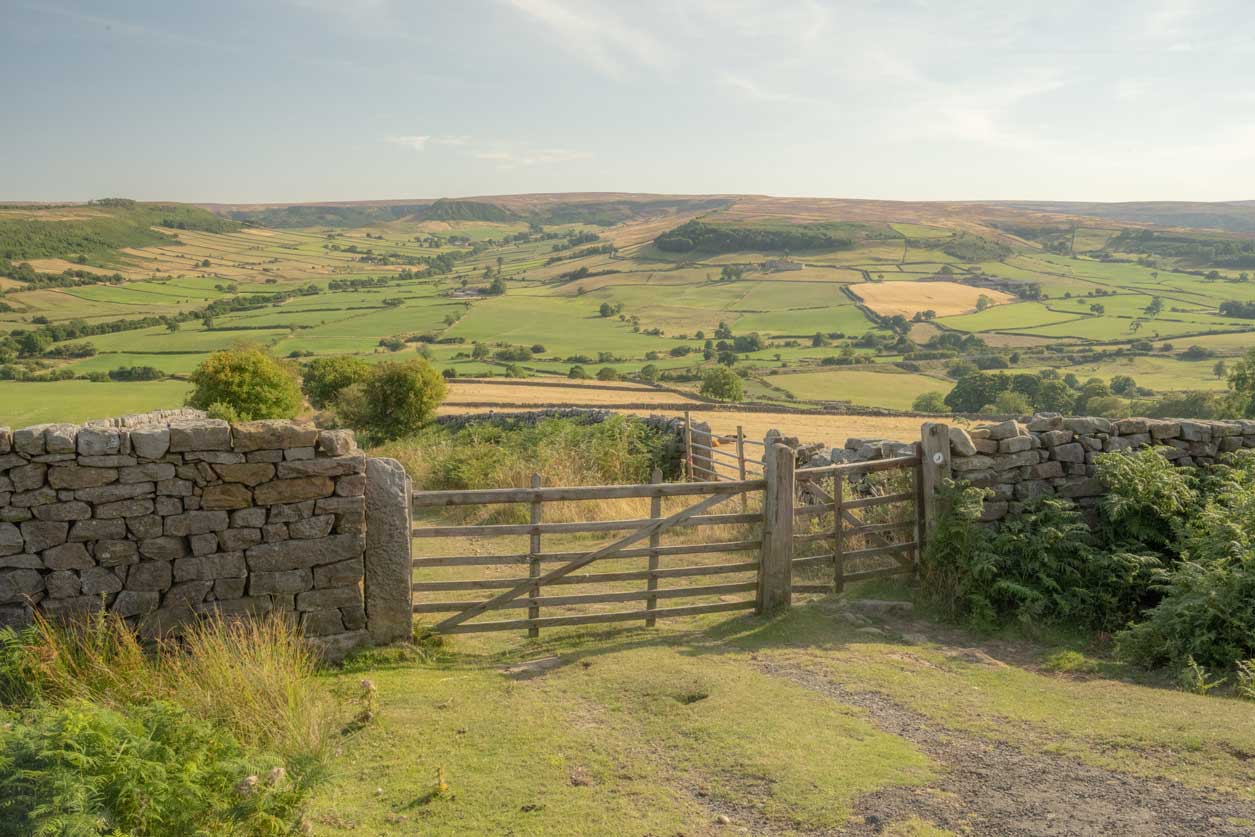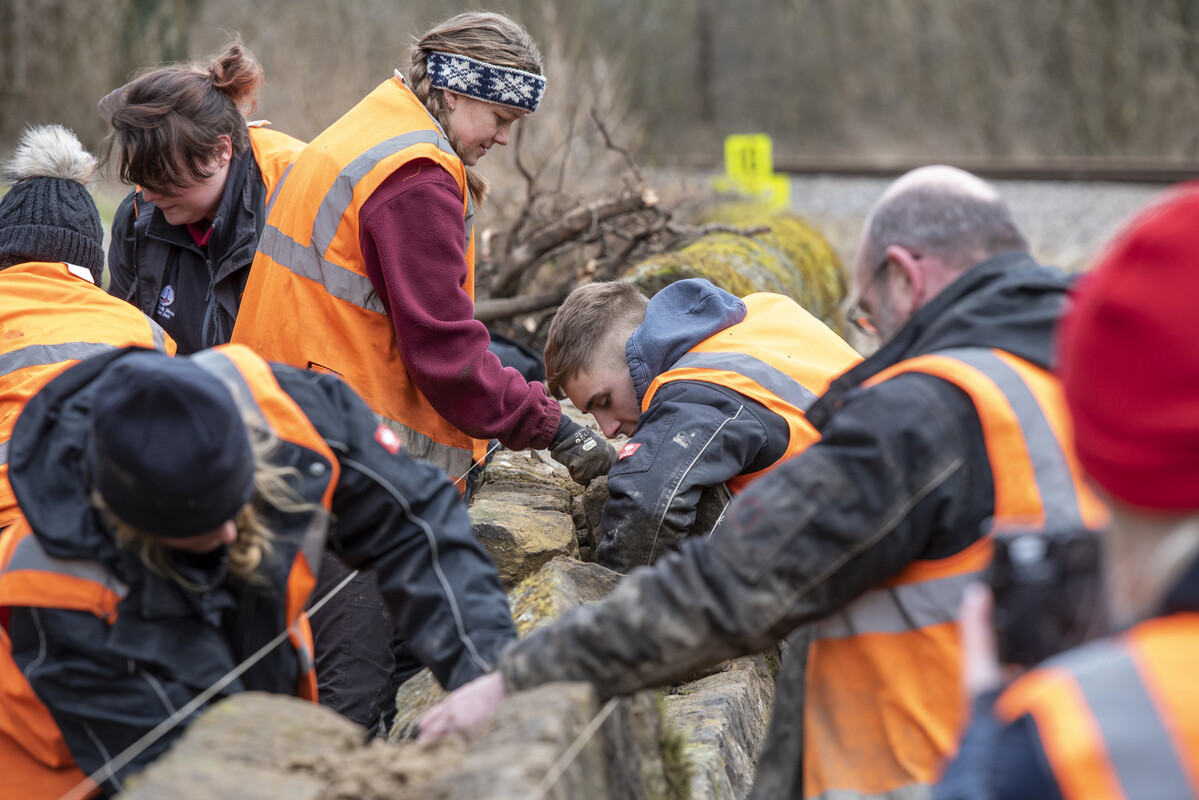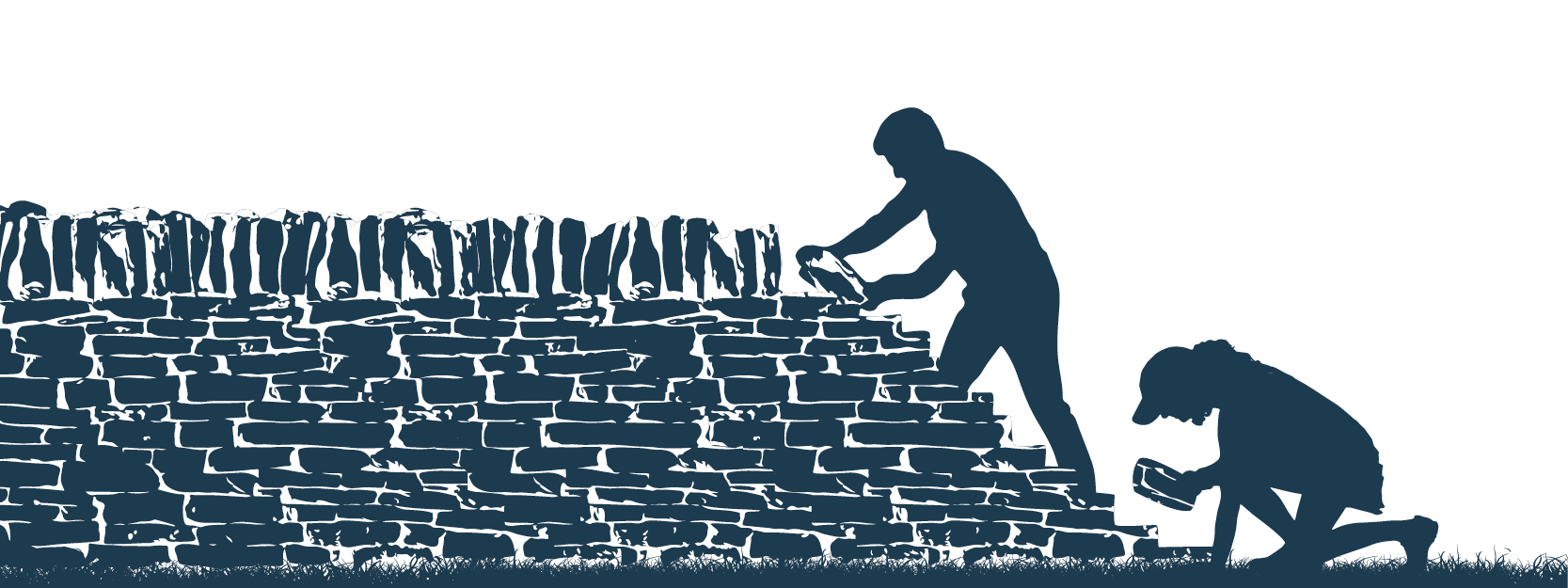Dry stone walls are a feature we see in upland landscapes such as the North York Moors, crossing the dales and creating enclosures in areas abundant with stone or where hedgerows struggle to grow.
Walls have been a feature here in the National Park since at least the iron age (approximately 2800 years ago) - although many of these walls now only exist as earthworks.
These days, many of the walls we see on our moorlands have been built on boundaries that date back to the 13th century and earlier - this is based on records from the monastic charters compared with more up-to-date mapping.

Walling with the National Park developed with the advancement of the enclosure of land and by the 19th century the landscape would look much the same as it does today.
Some walls even hold special significance, such as the wall that marked the boundary between the moorland on the hills and the agricultural land in the dales. Another significant wall is the Fyling Deer Park wall south-east of Whitby, which dates back to when Whitby Abbey was occupied.

What we're doing?
In 2013, we established our Traditional Boundary Fund to provide grant assistance to farmers and land managers towards the costs of rebuilding drystone walls, as well as planting or restoring hedges. This funding can be used towards the following:
- Wall rebuilding and restoration in keeping with the local style
- Wallside/topside wiring or wall top netting (only in association with walls restored through the programme)
- Repair of existing/dilapidated wall furniture where present within repaired (or reinstated) sections

Head to our funding to page to find out more
Funding is also available through the Farming in Protected Landscapes Programme.
